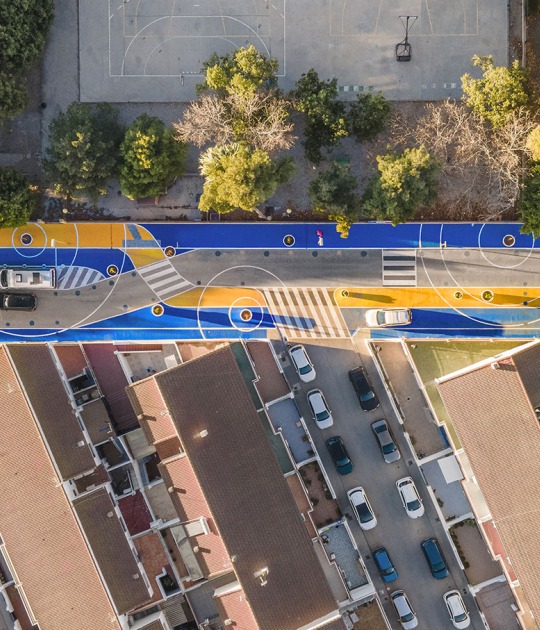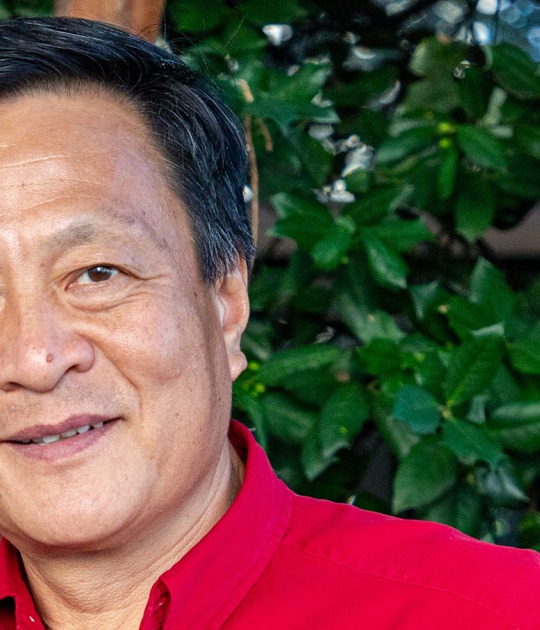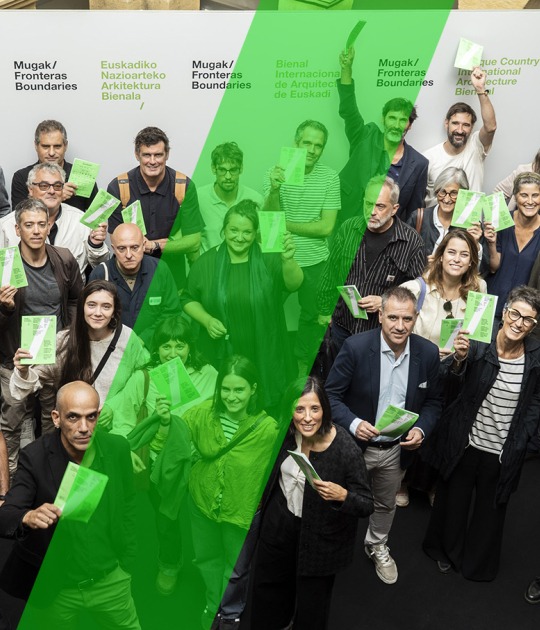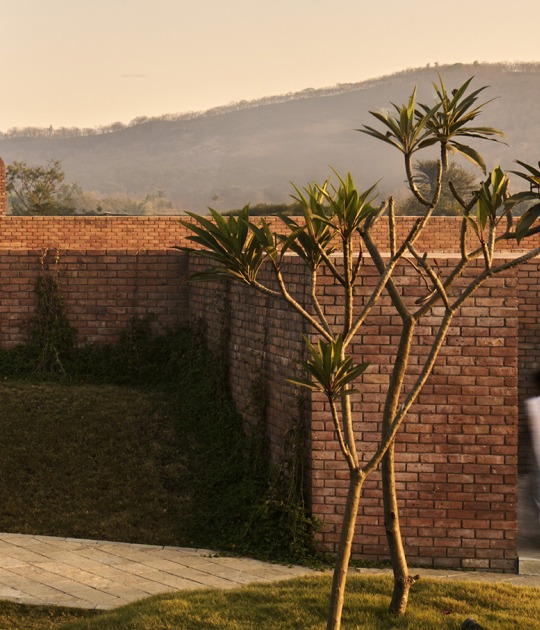
The atArchitecture studio aims to revitalize the ancient Padam Pukhuri (“lotus pond”). The pond, originally located two meters below ground level, is surrounded by a series of pixelated platforms that surround the natural contour of the pond, creating a recreational space where flora and fauna can freely thrive. The platform uses gabions that preserve the natural water of the groundwater.
The site offers generous views thanks to a height difference of 10 meters between different levels. This height difference creates paths and terraces that are placed respecting the natural environment, intertwined with the riverside nature. The wells and gabions improve the conditions of the existing soil, while the trees and shrubs attract wildlife by forming a botanical gallery.

Urban Regeneration of Brahmaputra Riverfront by atArchitecture. Photograph by Avneesh Tiwari.
Project description by atArchitecture
The project rejuvenates a natural water lily pond, creates a new river edge along the Brahmaputra, and seamlessly connects the site to the adjacent heritage museum, fostering public interaction.
The Brahmaputra, one of the world’s widest and longest rivers, serves as the lifeline of northeast India. Perched on its banks, the site offers views of an island adorned with an ancient temple, a boat corridor, and a cable car. A 10-metre elevation difference between the river’s high water mark and the ground is navigated through gently cascading terraces and pathways that respect the natural contours, minimising cut-and-fill. Terraces intertwine with the riparian vegetation like interlocking fingertips and increase biomass through a combination of gabions and recharge pits that improve soil health. Trees and shrubs spanning 250,000 square metres rejuvenate native species, attract wildlife, and shape an open-air botanical gallery.

The larger piece of land between the Brahmaputra River and the lake has been transformed into curvilinear spaces that provide a variety of recreational opportunities for tourists and residents.
The project revitalises the Padam Pukhuri—meaning "lotus pond"—originally 1.5–2 metres below ground level. A pixelated, stepped pavilion follows the site’s natural contours, providing both a recreational platform and access to the water and its aquatic flora and fauna. The foundation uses gabions to preserve the natural groundwater flow. One edge of the site runs parallel to a historic road, formerly a major artery of old Guwahati, now home to the Assam Post Office. A long corridor enhances the narrow existing footpath, with subdued grey granite tones forming a calm backdrop to the vibrant hues of nature.

The design improves the mobility of pedestrians, cyclists, and motorists while creating open, breathable spaces in this densely populated neighbourhood. A partly sunken car park serves both the museum and the riverside. Walkable, interconnected, meandering paths connect the Padam Pukhuri, the courts, and the riverbanks.
As a pilot initiative for riverfront development undertaken by the local urban development authority, the model design emphasises durable and sustainable details that can be standardised and easily replicated for the phased expansion of the riverfront. With the completion of the first phase, now open to the public, upcoming phases will introduce key features including a riverfront restaurant and another Padam Pukhuri with more intimate, curvilinear stepped pavilions.



































































